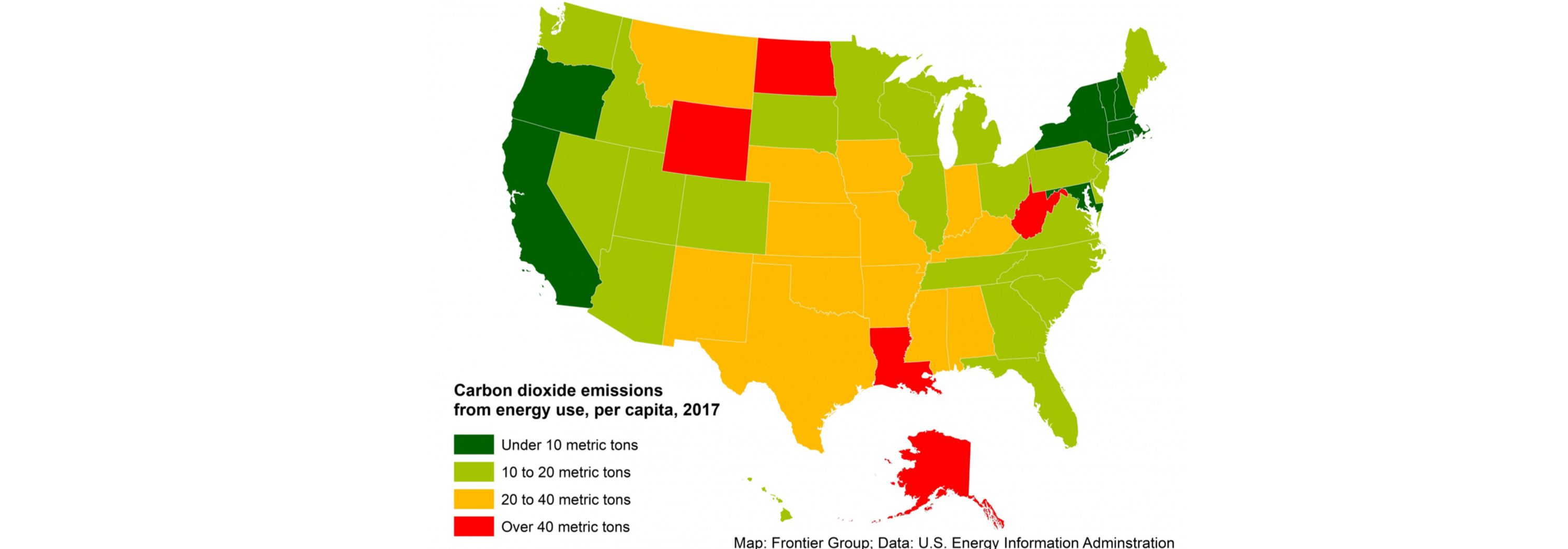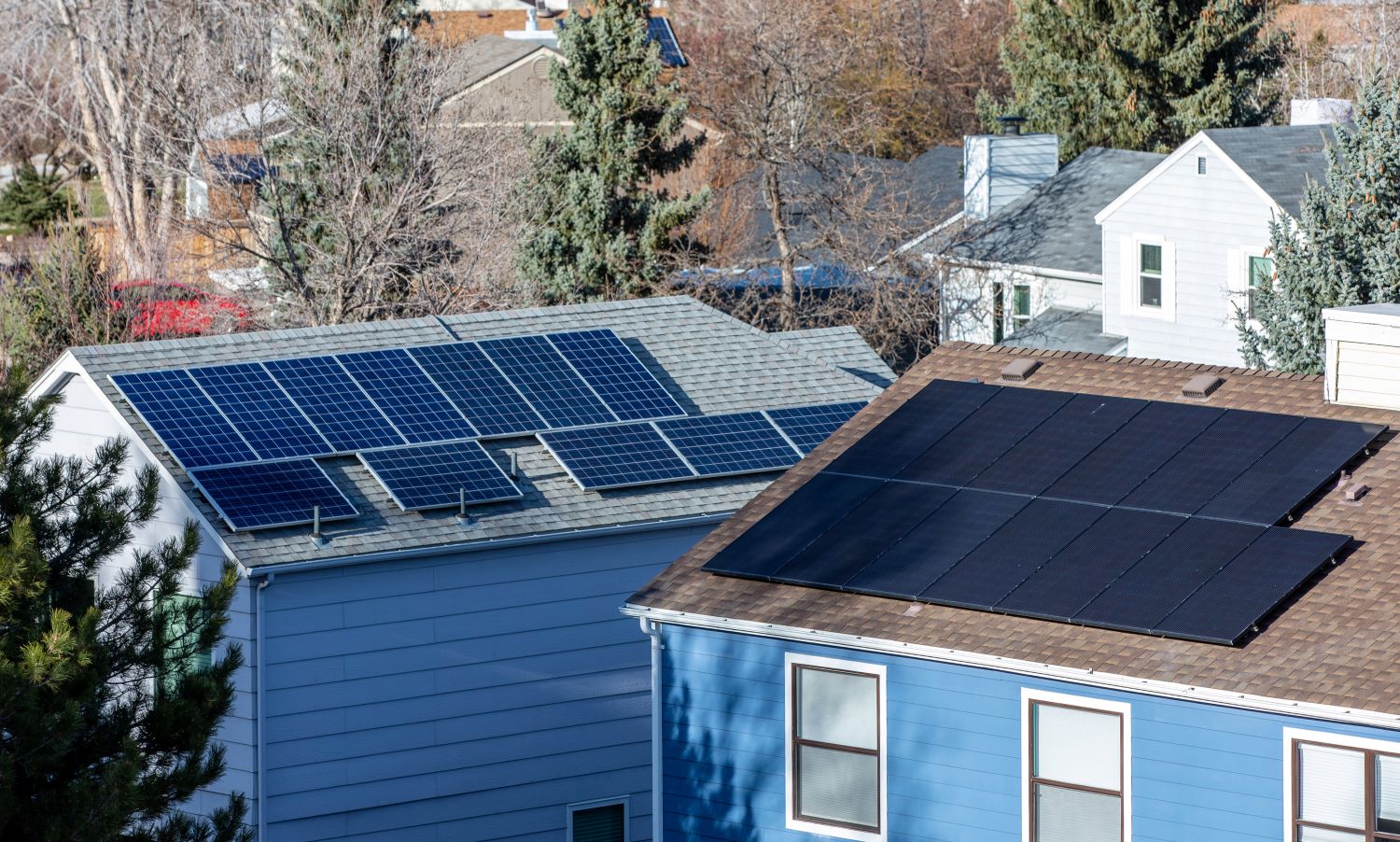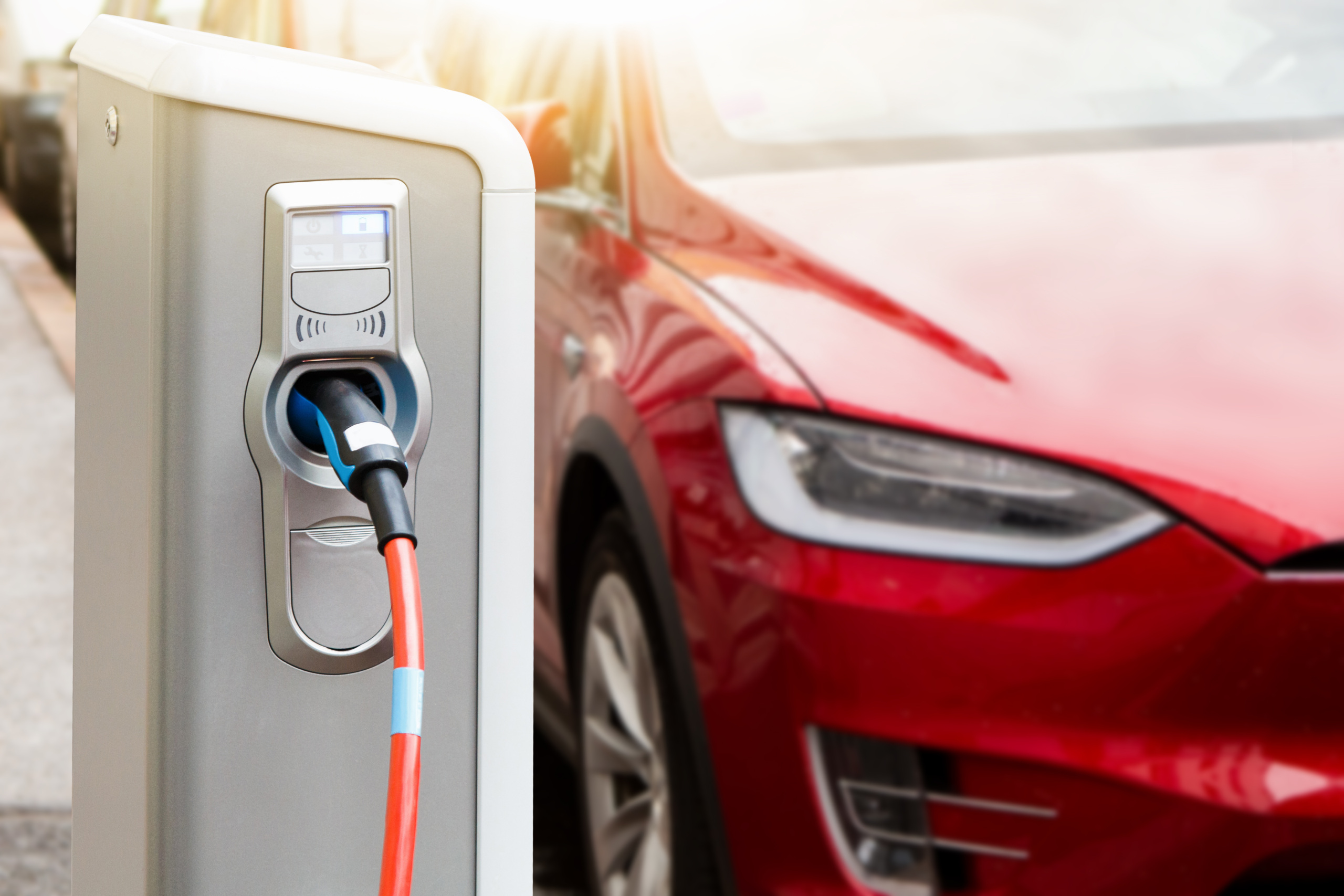
Think beyond the Beltway: Why states still matter on climate
With Biden in office, there will be a strong temptation for climate advocates to fix their attention squarely on the action in Washington, D.C. That would be a mistake. States have tremendous power to influence climate and energy policy – for good or for ill – and that power is not going away regardless of who is in power in Washington.

Imagine you are Steve Kornacki. [1]
You’ve got a TV audience of millions, a map of the 50 states behind you, an army of stat geeks waiting in the wings to supply you with fresh information, and an entire wardrobe filled with well-worn khakis.
Election night is long over. Instead, you’ve got a new assignment: Explain to your viewers how states are faring in the fight against global warming.
Your high-tech map enables you to zoom in to see emissions coming from anywhere in the country – from a skyscraper in Manhattan to a tractor in a tiny county in Nebraska. And you can track how emissions have changed over time.
You start by explaining that states vary dramatically in the amount of greenhouse gases they emit. On a per-capita basis, Wyoming produces 13 times as much carbon dioxide from energy use as New York state. But when you zoom in, the picture gets more complex. Wyoming, it turns out, is pretty different from Manhattan – not just in the fuels it uses but in the nature of its economy. Wyoming burns a lot of coal in power plants, but also exports most of that power to other states. The more you zoom in, the more nuanced and complex the picture becomes.
And when you pull up the comparison with past years, you find that some states are doing better at cutting emissions than others. Some are ramping up their production of renewable energy. Others are investing in low-carbon forms of transportation. Still others excel at using energy efficiently.
Fighting climate change is kind of like a presidential election, you might explain to your viewers. It’s a national (or global) effort. But you can only understand the overall picture if you’re prepared to drill down into what’s happening at the state, county or even precinct level.
That’s important to remember now as climate advocates adjust to the new political reality of a Democratic president and Congress in Washington, D.C. President Biden has done more in his first month in office to face up to the climate crisis than Donald Trump did in four years, and the potential for transformative action in Congress is exciting.
There will be a strong temptation for climate advocates to fix their attention squarely on the action in Washington, D.C., as occurred during the Obama administration.
That would be a mistake. States have tremendous power to influence climate and energy policy – for good or for ill – and that power is not going away regardless of who is in power in Washington.
In our federal system, states regulate electric utilities and determine how transportation dollars are spent. They establish building codes and land use laws. They manage vast public lands that can either remove carbon from the atmosphere or, through resource extraction, add to it. They enforce key clean air and clean water laws, and even have limited flexibility to set energy efficiency or greenhouse gas standards for products like cars and appliances. States can tax carbon and form regional consortia to limit emissions or support new clean energy industries. And states spend a mind-blowing $1.4 trillion a year, with local governments spending another $1.6 trillion.
Over and over again, leading states have used their power to move the ball forward on climate policy, even when hostile administrations have been in power in D.C. State-level renewable energy commitments have helped drive the growth of clean energy nationwide – with several states now committed to 100% clean electricity. (Our partners at Environment America are currently working to add new states to that list.) The adoption by more than a dozen states of California’s Advanced Clean Cars Program in the 2000s led directly to the adoption of strong vehicle fuel economy and greenhouse gas emission standards during the Obama administration, while the recent commitments by governors in California and Massachusetts to end sales of internal combustion engine vehicles by 2035 are poised to spark the next wave of vehicle innovation and improvement.
States (and cities) are where the rubber meets the road in transitioning to a zero-carbon economy. Want to shift millions of homes to run on electric power, build convenient EV charging networks, or make streets and roads safe for people walking or biking? State (and local) policy-makers are going to play a leading role.
But if states can drive climate progress, they can also obstruct it. Texas Gov. Greg Abbott, for example, has vowed to stand in the way of President Biden’s efforts to clean up the oil and gas industry, just as numerous states waged legal battle against the Obama administration’s climate initiatives.
That matters because “red states” are where most of the global warming pollution is coming from. Your MSNBC- or Fox News-style map would clearly show home viewers that “red” states emitted 57% of the nation’s carbon dioxide pollution from energy use in 2017, compared with 43% percent in “blue” states. On a per capita basis, states that voted for Donald Trump for president emitted an average of 21 metric tons per person, as opposed to 12 tons per person in states that voted for Joe Biden.
If state action is critical in the fight against global warming then action in red and purple states – or at least the willingness of those states to accept federal action that includes them – is especially important.
Fortunately, as we highlighted in our recent white paper, Moving Forward Together, climate and energy issues are among many issues on which there is surprising agreement among many Republicans, Democrats and independents. And as we documented last fall in Renewables on the Rise, the growth of renewable energy has been strongest in states in the country’s midsection – including Greg Abbott’s Texas, which has been a leader in wind energy development.
The benefits of acting on climate are not limited to people residing in one part of the country or those of one political persuasion. We all stand to gain from handing a livable climate down to our children and grandchildren – and from the healthier air and other benefits that will result from the transition to clean energy.
For as powerful and important as federal action on climate is and can be, the solutions cannot come from Washington alone. To prevent the worst impacts of global warming, it is not enough to “flip” a few counties or states. We need a national approach that engages with and builds support in states across the country.
By continuing to focus on local and state-level policies, even as we work to accelerate progress in Washington, climate advocates can help to turn the map of America green – one state, one county, one street at a time.
[1] Or the election night talking head of your choice.
Topics
Authors
Tony Dutzik
Associate Director and Senior Policy Analyst, Frontier Group
Tony Dutzik is associate director and senior policy analyst with Frontier Group. His research and ideas on climate, energy and transportation policy have helped shape public policy debates across the U.S., and have earned coverage in media outlets from the New York Times to National Public Radio. A former journalist, Tony lives and works in Boston.
Find Out More

Beyond the politics of nostalgia: What the fall of the steel industry can tell us about the future of America

Let us now praise rooftop solar: A tale from New England

Automakers could have learned to build EVs. They paid Tesla to do it instead.

